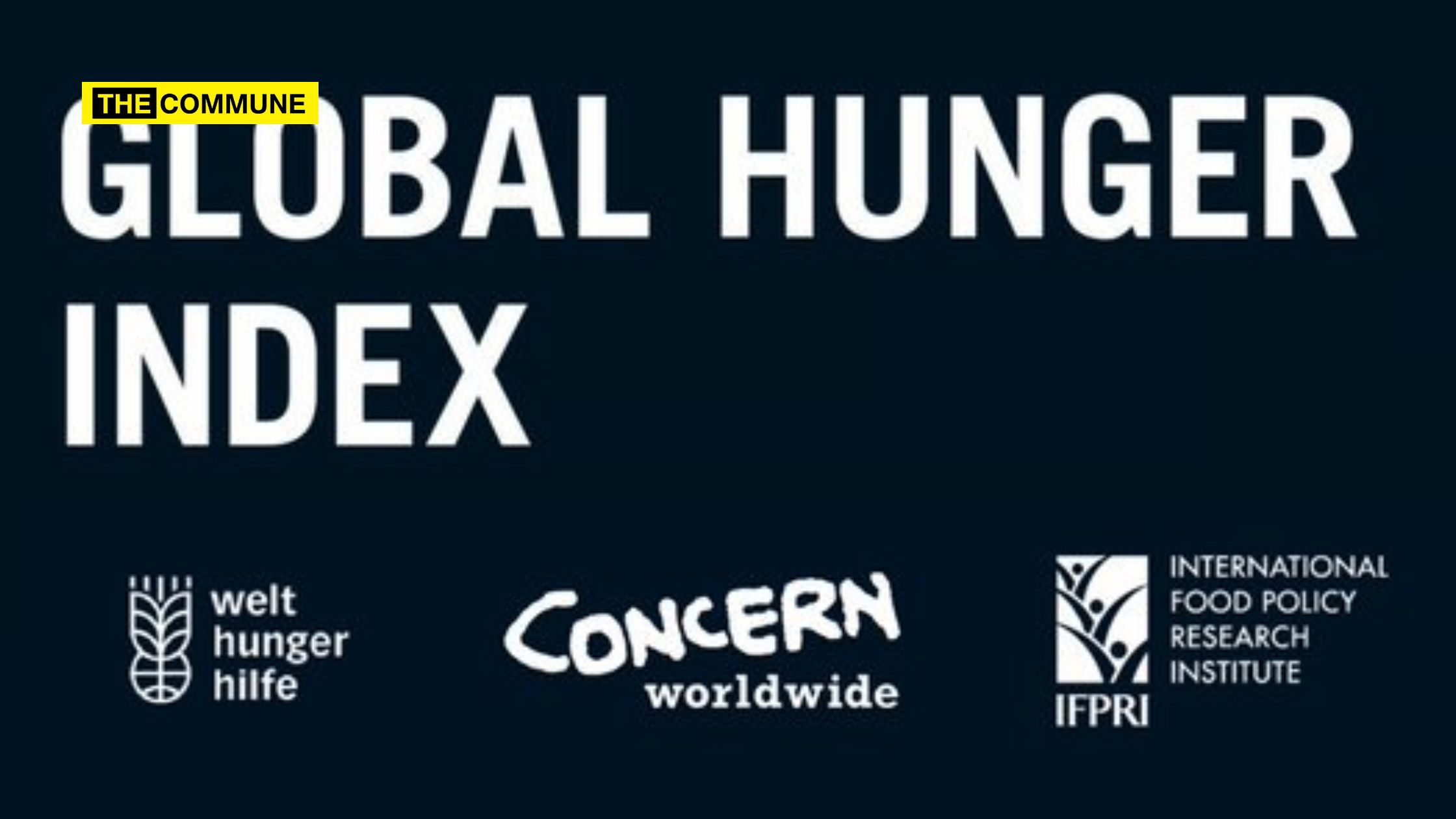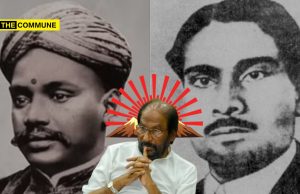
Pakistan is going through an unprecedented food crisis following the devastating floods where the entire nation is on the verge of starvation.
Many videos showed people there fighting over a bag of wheat.
And guess what is the rank of Pakistan in the recently released Global Hunger Index?
99, 8 places ahead of India.
Sri Lanka which saw people queueing in serpentine lines scrambling for food and protesting on streets amidst a massive economic and political crisis is ranked 64. 43 places ahead of India.
What is interesting to note is that it was India which had supplied Sri Lanka with several metric tonnes of food and fuel to tide over the crisis.
This shows how ridiculously wrong the Global Hunger Index is which relies on outdated data and flawed methodology.
The Global Hunger Report 2022 released by Concern Worldwide and Welt Hunger Hilfe, Non Government Organisations from Ireland and Germany respectively, has ranked India at 107 among 121 countries.
Three out of the four indicators used for calculation of the index are related to health of children and it surely cannot be representative of the entire population.
The most important indicator is the Proportion of Undernourished (PoU) population, which is based on an opinion poll conducted on a tiny sample size of just 3000!
That means that the poll was conducted on just 0.000002% of India’s population.
The GHI has estimated the Proportion of Undernourished (PoU) population to be 16.3%.
This estimate is based on “Food Insecurity Experience Scale (FIES)” Survey Module which is an opinion poll based on 8 questions with a sample size of 3000 respondents conducted by an American analytics-cum-advisory group called Gallup.
If one were to take a look at the questions asked in that survey it will become clear that the estimate arrived is not based on facts on the ground or relevant information but on conjectures.
Such data collected from such miniscule sample for a big populous country like India will obviously have a large bias.
Welt Hunger Hilfe does not collect any data on food consumption itself to prepare the World Hunger Index. Only data provided by the World Food Organisation (FAO) is supposed to be used. In the past, the FAO has relied on the National Nutrition Monitoring Board, India. However, it has been reported that the board has not conducted any survey of food consumption in the rural areas since 2011 and in urban areas since 2016.
Welt Hunger Hilfe uses 4 parameters to measure hunger – Undernourishment (PUN), Wasting (CWA), Stunting (CST), Child mortality (CM).
In 2020 Indian Council of Medical Research did a research. They wanted to check whether these 4 parameters actually represent hunger. So they took sample of 40% top rich and upper middle class people of India n calculated their score. on these GHI’s 4 parameters. And guess what? Rich Indians having a good number of meals also failed. Undernourishment, stunted and wasted children in scores were 7.3, 25.7 and 18.6 per cent, respectively, while the under-five mortality per 1000 live births was 25.8.
So, it becomes clear – Global Hunger Index does not really measure hunger.
Hence, the methodology used in the Global Hunger Index is just plain wrong and unethical and doesn’t not reflect the true picture.
So, what is the true picture then?
India’s foodgrain production for the year 2021-22 is estimated at 315.72 million tonnes, the highest ever. Not only did we have enough food for our own people, but also for the rest of the world as India’s agriculture exports touched a historic high of $50 billion.
India also has the world’s largest food security programme where 80 crore people are given free foodgrains through the Pradhan Mantri Garib Kalyan Anna Yojana.
That’s equivalent to feeding twice the population of USA and almost the entire continent of Europe.
Under Anganwadi Services, since Covid-19 pandemic, supplementary nutrition was provided to approximately 7.71 crore children upto the age of 6 years and to 1.78 crore pregnant women and lactating mothers.
Under the Pradhan Mantri Matri Vandana Yojna, more than 1.5 Crore registered women were provided ₹5000/- on the birth of their first child for wage support and nutritious food during pregnancy and post-delivery period.
Yet, India is ranked at the bottom in the Global Hunger Index placed below Pakistan, Bangladesh, Nepal and other South Asian countries.
By ignoring the measures taken by India to ensure food security and calculating hunger index based on an opinion is not just unscientific but also completely unethical.
The ground reality contradicting the GHI’s score has raised serious questions about the credibility of these global agencies and their indices.
Click here to subscribe to The Commune on Telegram and get the best stories of the day delivered to you personally.




